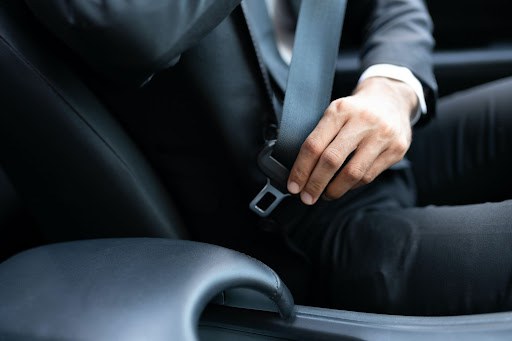GHSA praises long-awaited proposal to require front and rear seat belt warnings for vehicle drivers (GHSA)
Traffic Safety Pulse News
NHTSA recently announced a new proposed rule to require front and rear seat belt warning systems for drivers in most new vehicles manufactured in the United States. This proposed rulemaking, which was first announced at a GHSA Annual Meeting more than a decade ago, is a long overdue expansion of lifesaving vehicle technology that will help supplement ongoing efforts by State Highway Safety Offices (SHSOs) and the traffic safety community to ensure everyone in every vehicle is buckled up.
Seat belts are a proven lifesaver. Wearing a seat belt decreases the risk of death in a passenger car by 44% in the front seat and 55% in the back seat, according to NHTSA. The odds are even more pronounced for light trucks and vans, where the chances of a fatality are reduced by 63-74% for people wearing a seat belt in the front or rear seats. Even though approximately 90% of people buckle up, nearly half of the vehicle occupants killed on U.S. roadways each year are not wearing a seat belt. Belt use is lower in the back seat even though the dangers to passengers in the event of a crash are just as severe: Nearly a quarter of rear-seat occupants weren’t buckled up in 2021.
We must do everything we can to bridge this gap and get those remaining drivers and passengers to buckle up. Requiring seat belt audio and visual alerts for all passengers — as current regulations require for drivers — will encourage more people to take the simple, lifesaving action of buckling up. While this is a positive step, it will take years for this technology to be present in all vehicles. The Safe System approach demands we do everything possible — including community outreach and equitable enforcement in addition to vehicle technology — to foster safer road users who buckle up in every seat on every trip.

